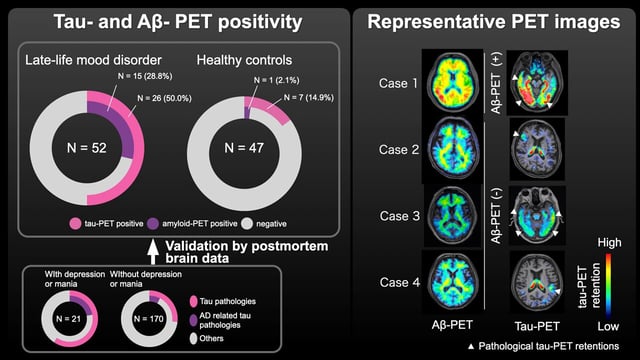Overview
- The peer-reviewed study published June 9, 2025 in Alzheimer’s & Dementia assessed 52 individuals with late-onset depression or bipolar disorder alongside 47 healthy controls
- Novel PET tracers revealed elevated tau pathology in the frontal cortex of nearly 50% of mood disorder participants compared with about 15% of controls
- Amyloid β deposits were identified in almost 29% of patients with late-life mood disorders versus just 2% of the control group
- Analysis of 208 autopsy cases confirmed that mood symptoms preceded cognitive or motor decline by an average of 7.3 years
- Researchers propose incorporating tau-PET evaluation into assessments of late-life mood disturbances to enable earlier intervention with disease-modifying treatments

